Chinese Fringe Tree, No Fringe!
Nancy Trainer
12 years ago
Featured Answer
Comments (50)
Iris GW
12 years agoNancy Trainer
12 years agoRelated Professionals
Rancho Cordova Landscape Architects & Landscape Designers · Roxbury Crossing Landscape Architects & Landscape Designers · Wilmington Landscape Contractors · Amesbury Landscape Contractors · Hollywood Landscape Contractors · Newnan Landscape Contractors · Tustin Landscape Contractors · Waldorf Siding & Exteriors · West Elkridge Siding & Exteriors · Coatesville Decks, Patios & Outdoor Enclosures · Kernersville Decks, Patios & Outdoor Enclosures · Mitchellville Decks, Patios & Outdoor Enclosures · Saint Louis Park Decks, Patios & Outdoor Enclosures · South Miami Heights Decks, Patios & Outdoor Enclosures · Melvindale Stone, Pavers & ConcreteIris GW
11 years agoNancy Trainer
11 years agoken_adrian Adrian MI cold Z5
11 years agostrobiculate
11 years agoNancy Trainer
11 years agotmi1choice
7 years agoedlincoln
7 years agoNancy Trainer
7 years agoedlincoln
7 years agoCaldwell Home & Garden
7 years agoNancy Trainer
7 years agoNancy Trainer
7 years agoken_adrian Adrian MI cold Z5
7 years agoNancy Trainer
7 years agogardenprincethenetherlandsZ7/8
7 years agolast modified: 7 years agoakamainegrower
7 years agoNancy Trainer
7 years agokjwachs
7 years agoNancy Trainer
7 years agoedlincoln
7 years agolast modified: 7 years agoakamainegrower
7 years agoNancy Trainer
7 years agoakamainegrower
7 years agoNancy Trainer
7 years agolucky_p
7 years agoUser
7 years agokentrees12
7 years agokentrees12
7 years agoarbordave (SE MI)
7 years agoarbordave (SE MI)
7 years agokentrees12
7 years agoNancy Trainer
7 years agorusty_blackhaw
7 years agoThyme2dig NH Zone 5
7 years agodbarron
7 years agoNancy Trainer
7 years agoedlincoln
7 years agogardenprincethenetherlandsZ7/8
7 years agoNancy Trainer
7 years agodbarron
7 years agoarbordave (SE MI)
7 years agolast modified: 7 years agobengz6westmd
7 years agolast modified: 7 years agoarbordave (SE MI)
7 years agobengz6westmd
7 years agoarbordave (SE MI)
7 years agobengz6westmd
7 years agolast modified: 7 years agoH H
7 years ago
Related Stories
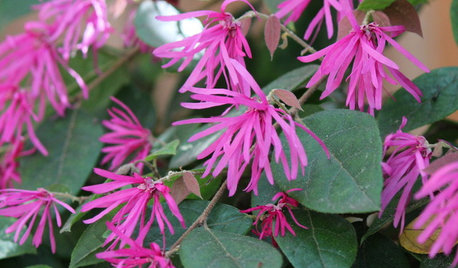
FLOWERSGreat Design Plant: Fringe Flower's Star Rises
Thank plant breeders for all the exciting new variations of this useful and easygoing flowering shrub
Full Story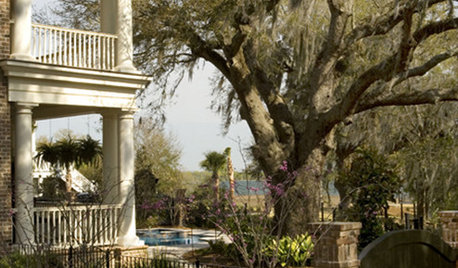
HOUZZ TOURSRegional Design: Charleston and the South Carolina Lowcountry
On the fringes of the South Carolina coast, a range of classic vernacular styles meets modern technology and updated sophistication
Full Story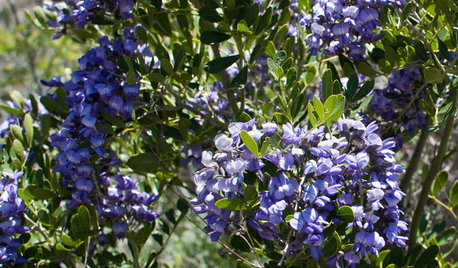
TREES6 Unsung Spring-Blooming Trees
Billowy blooms and rare fragrances will make you wonder how these flowering trees could ever have been underused in landscapes
Full Story
TREES7 Deer-Resistant Flowering Trees to Plant this Fall
If you live in a neighborhood with roaming deer, consider these beautiful trees that won't tempt hungry guests
Full Story
SPRING GARDENING7 Spectacular and Practical Spring-Flowering Trees
Put on a beauteous show in the garden with a landscape tree awash in flowers — just do your homework first
Full Story
CHRISTMAS TREESGuest Picks: Christmas Tree Skirts for Every Style
Let's not skirt the issue: Christmas trees look more polished when the base is dressed
Full Story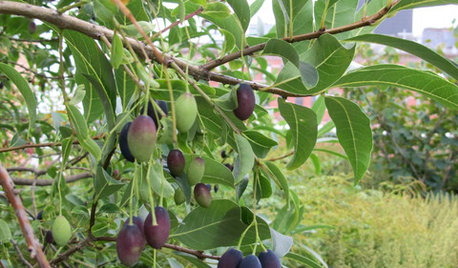
GARDENING GUIDESGreat Design Plant: Chionanthus Virginicus
Lacy flowers cover native white fringetree in spring, and birds feed off its berries in winter
Full Story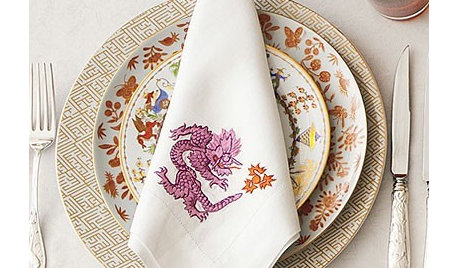
PRODUCT PICKSGuest Picks: Year of the Dragon
20 ways to celebrate the Chinese Zodiac's animal sign for 2012
Full Story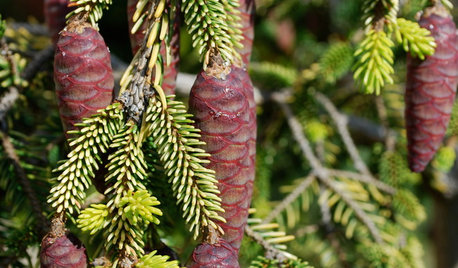
GARDENING GUIDESGreat Design Plant: Skylands Oriental Spruce, a Favorite Conifer
Brighten up a drab corner of your garden with Picea orientalis ‘Skylands’, a smaller spruce that a bird family might just call home
Full Story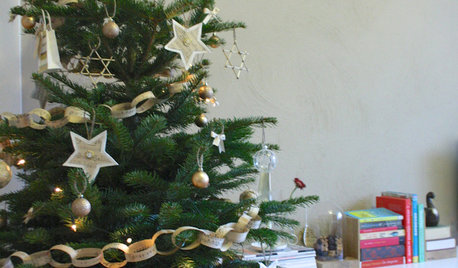
CHRISTMAS4 Rustic, Romantic Christmas Ornaments to Craft in Minutes
Make these deceptively easy paper ornaments with the kids or savor some solo crafting time
Full Story






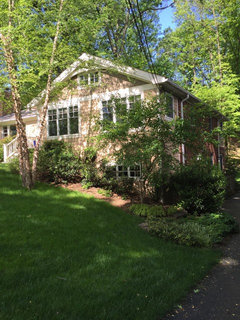

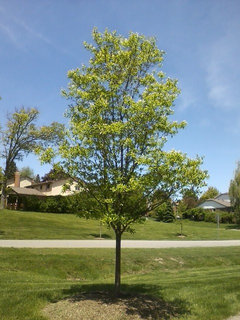



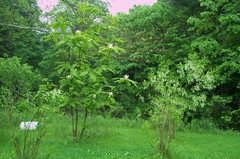
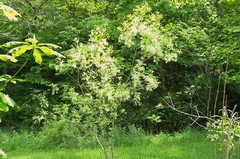


kentrees12